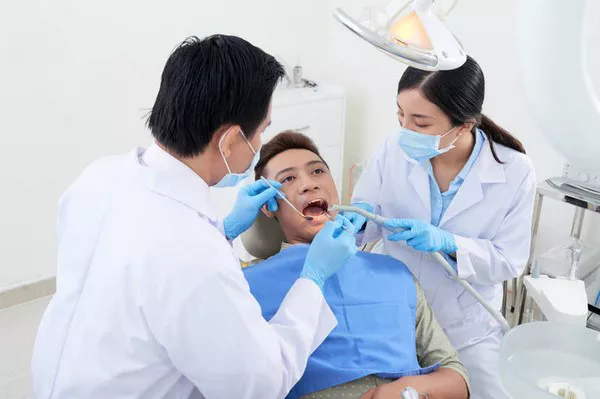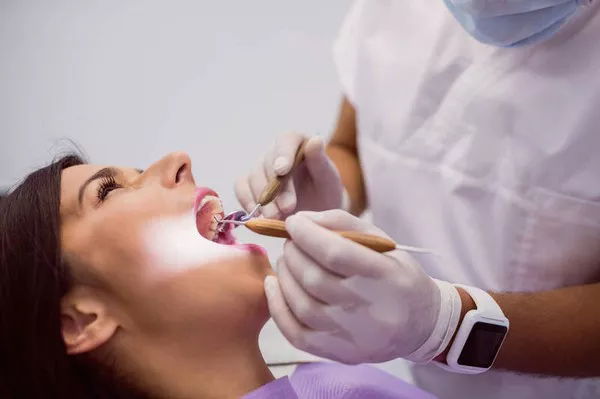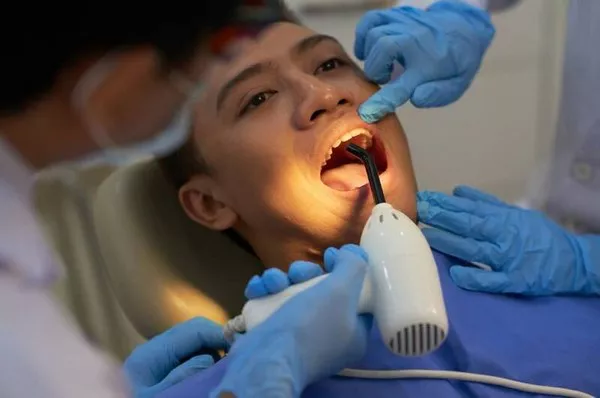A bright, white smile is often associated with health and beauty. As a result, many people seek teeth whitening treatments to enhance their smile’s appearance. However, with numerous options available, it’s essential to prioritize safety when considering teeth whitening methods. This article aims to explore various teeth whitening techniques and identify the safest approaches to achieve that radiant smile you desire.
Understanding Teeth Discoloration
Before delving into teeth whitening methods, it’s important to understand why teeth become discolored. Teeth can become stained or discolored due to various factors, including:
Diet: Consuming dark-colored foods and beverages like coffee, tea, red wine, and berries can lead to staining over time.
Tobacco Use: Smoking or using tobacco products can cause yellow or brownish stains on teeth.
Aging: As we age, the outer layer of tooth enamel naturally wears down, revealing the yellowish dentin beneath.
Poor Oral Hygiene: Inadequate dental care can result in plaque and tartar buildup, leading to surface stains and discoloration.
Medications: Some medications, such as certain antibiotics, can cause tooth discoloration when taken during tooth development.
Teeth Whitening Options
There are several teeth whitening methods available, ranging from over-the-counter (OTC) products to professional treatments administered by dentists. Let’s explore some common options:
Over-the-Counter Whitening Products: OTC teeth whitening products include whitening toothpaste, whitening strips, and whitening gels. These products are convenient and readily available. However, their effectiveness varies, and they may not be suitable for severe discoloration.
Whitening Trays: Whitening trays, available OTC or through dentists, involve placing a gel-filled tray over your teeth. These are more customizable than strips and can provide better coverage.
In-Office Professional Whitening: Dentists offer in-office teeth whitening treatments, such as laser or light-activated whitening. These procedures yield faster and more noticeable results, making them an attractive option for those seeking immediate improvement.
At-Home Professional Whitening: Dentists can also provide customized at-home whitening kits with trays and professional-grade whitening gel. These kits are safer and more effective than OTC products.
Natural Remedies: Some individuals turn to natural remedies like baking soda, activated charcoal, or hydrogen peroxide for teeth whitening. While these methods may have some effect, they can be abrasive and should be used cautiously.
Safety Considerations
When it comes to teeth whitening, safety should be a top priority. Here are key considerations to ensure a safe teeth whitening experience:
Consult a Dentist: Before starting any teeth whitening regimen, it’s advisable to consult with a dentist. They can assess your oral health, recommend appropriate options, and ensure you don’t have any underlying dental issues that could be exacerbated by whitening treatments.
Follow Instructions: Whether using OTC products or professional kits, always follow the manufacturer’s or dentist’s instructions carefully. Overuse or misuse can lead to tooth sensitivity and gum irritation.
Avoid Excessive Whitening: More is not always better. Excessive whitening can weaken tooth enamel, leading to increased sensitivity and a greater risk of tooth damage.
Choose Professional Supervision: Professional whitening, whether in-office or at home, is generally safer than OTC products. Dentists can provide customized treatments tailored to your needs, minimizing potential risks.
Be Cautious with Natural Remedies: Natural remedies may seem safe, but they can be abrasive and potentially harm tooth enamel if used too frequently or vigorously. Consult your dentist before trying any DIY whitening methods.
Maintain Oral Hygiene: Whitening treatments should complement, not replace, your regular oral hygiene routine. Continue brushing, flossing, and visiting your dentist for check-ups and cleanings.
Conclusion
Achieving a whiter smile is a common goal, but it’s essential to prioritize safety when considering teeth whitening methods. Consultation with a dentist is crucial to assess your oral health and determine the most suitable whitening option for you. While over-the-counter products can be convenient, professional treatments, whether in-office or at-home kits provided by dentists, are generally safer and more effective. Remember that maintaining oral hygiene and following instructions diligently are key to a successful and safe teeth whitening experience. With the right approach, you can achieve a brighter, healthier smile while safeguarding your oral well-being.
Related Topics:






























